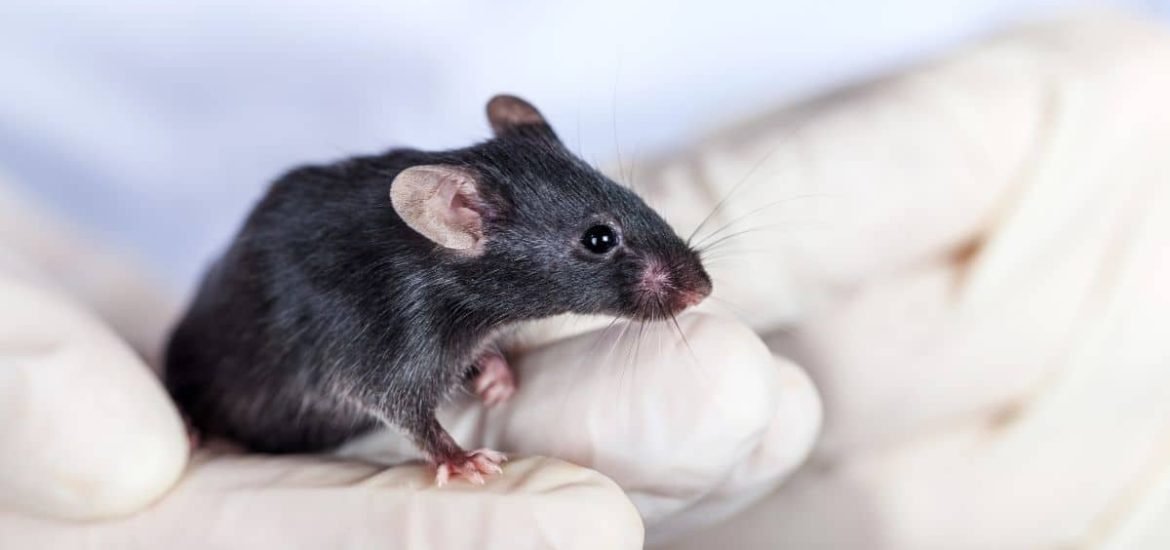
The capacity of cells to repair and regenerate themselves declines with age, however, reprogramming certain cells to become ‘younger’ could potentially reverse the biological clock and restore vision, according to a new study in mice published on 2 December in the journal Nature (1).
In the ‘milestone’ study, neurons in the eyes of mice were returned to a more youthful state and therefore became more resistant to damage and capable of regrowing after injury. The scientists hope the treatment can be used in the future to help treat age-related diseases, like glaucoma, in humans.
Turning back time
One of the ways ageing affects the cells of the body is through changes to so-called DNA methylation patterns – or epigenetic changes – over time. The team of researchers at Harvard Medical School wondered whether there was a way to reverse this particular ageing mechanism.
“We set out with a question: if epigenetic changes are a driver of ageing, can you reset the epigenome?” said co-author Prof David Sinclair, a geneticist at Harvard Medical School in Boston, Massachusetts. “Can you reverse the clock?”
By adopting the same process used to create induced pluripotent stem cells – adult cells that have been reprogrammed into stem cells – the researchers targeted the retinal ganglion cells directly in the eye. They selected three of the four factors used to create iPSCs – exposure to all four of the factors has been shown to cause tumours in animals – and used a virus to shuttle them into the cells, where they could be switched on and off by feeding the mice water spiked with a drug.
First, to test the regenerative capacity of retinal ganglion cells – neurons that pass information from light-sensitive photoreceptors to the brain axons, which are long slender projections that form the optic nerve – the scientists crushed the optic nerve in mice, then injected the three genes into the damaged cells. But instead of switching the genes on and then just leaving them on, the team only turned them on for a few days, and then switched them off again.
The treatment prevented some damaged retinal ganglion cells from dying and prompted new axons to grow, the authors wrote. They also discovered that changes in DNA methylation caused by the inflicted injury were similar to those in ageing mice and that, incredibly, those changes could be reversed with the treatment – at least, to some extent. However, they still don’t know why or how this happens.
Next, to mimic glaucoma, which is a leading cause of age-related blindness, the scientists also injected tiny beads into the eyes of mice to prevent normal drainage and increase pressure. This damages retinal ganglion cells, a hallmark of the disease. After several weeks, visual acuity was reduced by 25 per cent. But following gene treatment, the mice regained around half of the vision that had been lost.
In a final experiment, mice around one year old (which is considered middle-aged) were injected with the genes. Middle-aged mice typically lose around 15 per cent of their visual acuity compared to younger ones. But four weeks after the treatment, older mice had the same visual acuity score as younger mice (around 5 months old), suggesting that the treatment can restore vision in mice to some degree. The same DNA methylation patterns were also observed in both the younger and older animals.
So far, the work has only been carried out in mice. Although, Harvard has licensed the technology to Life Biosciences, a Boston-based pharmaceutical company, who will begin preclinical safety assessments with a view to developing the treatment for use in people.
The eye was used as a model but, in theory, the same technique could potentially be used to slow down the ageing process in any tissue in the body as a strategy for reversing ageing or treating disease.
(1) Lu, Y. et al. Reprogramming to recover youthful epigenetic information and restore vision. Nature (2020). DOI: 10.1038/s41586-020-2975-4